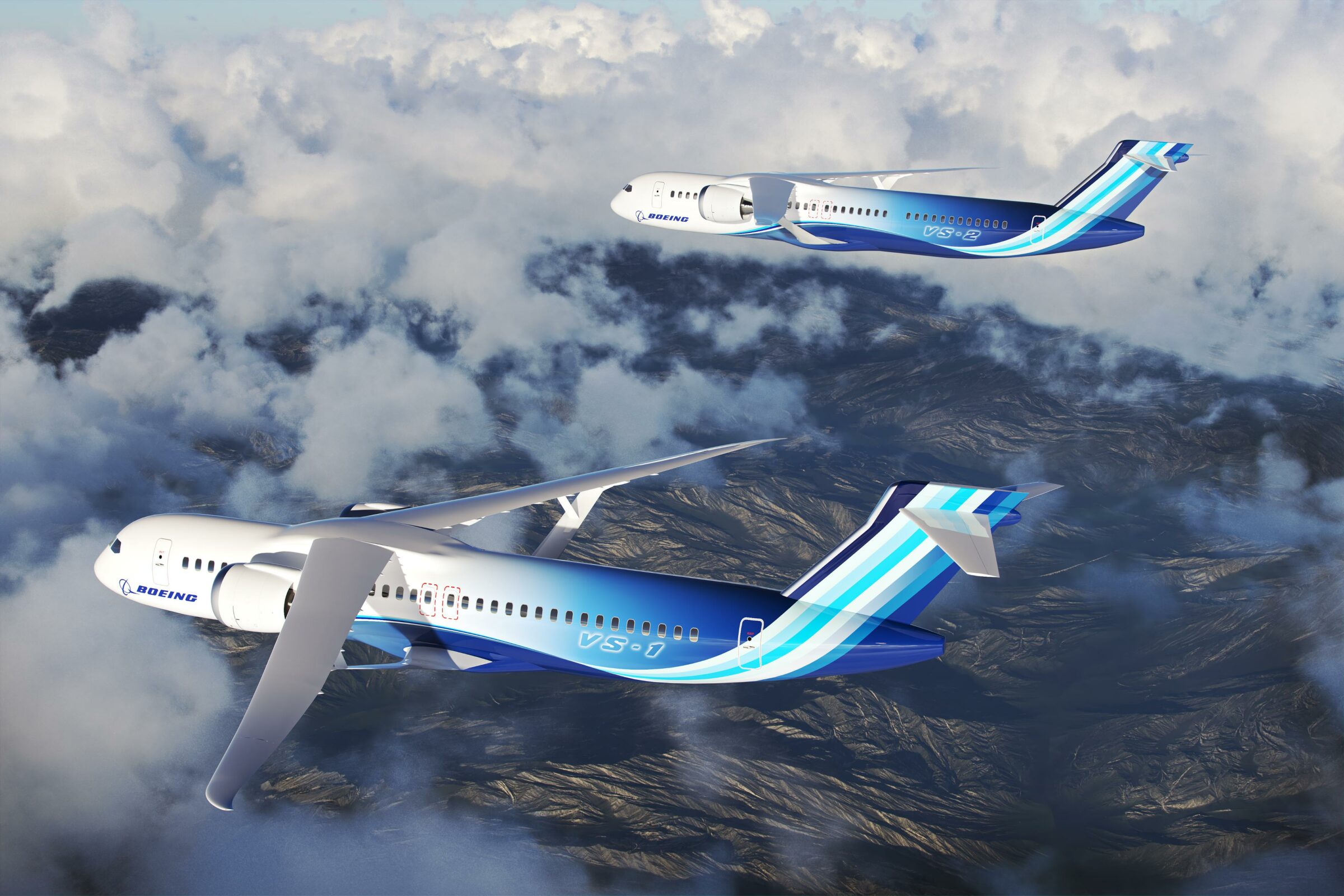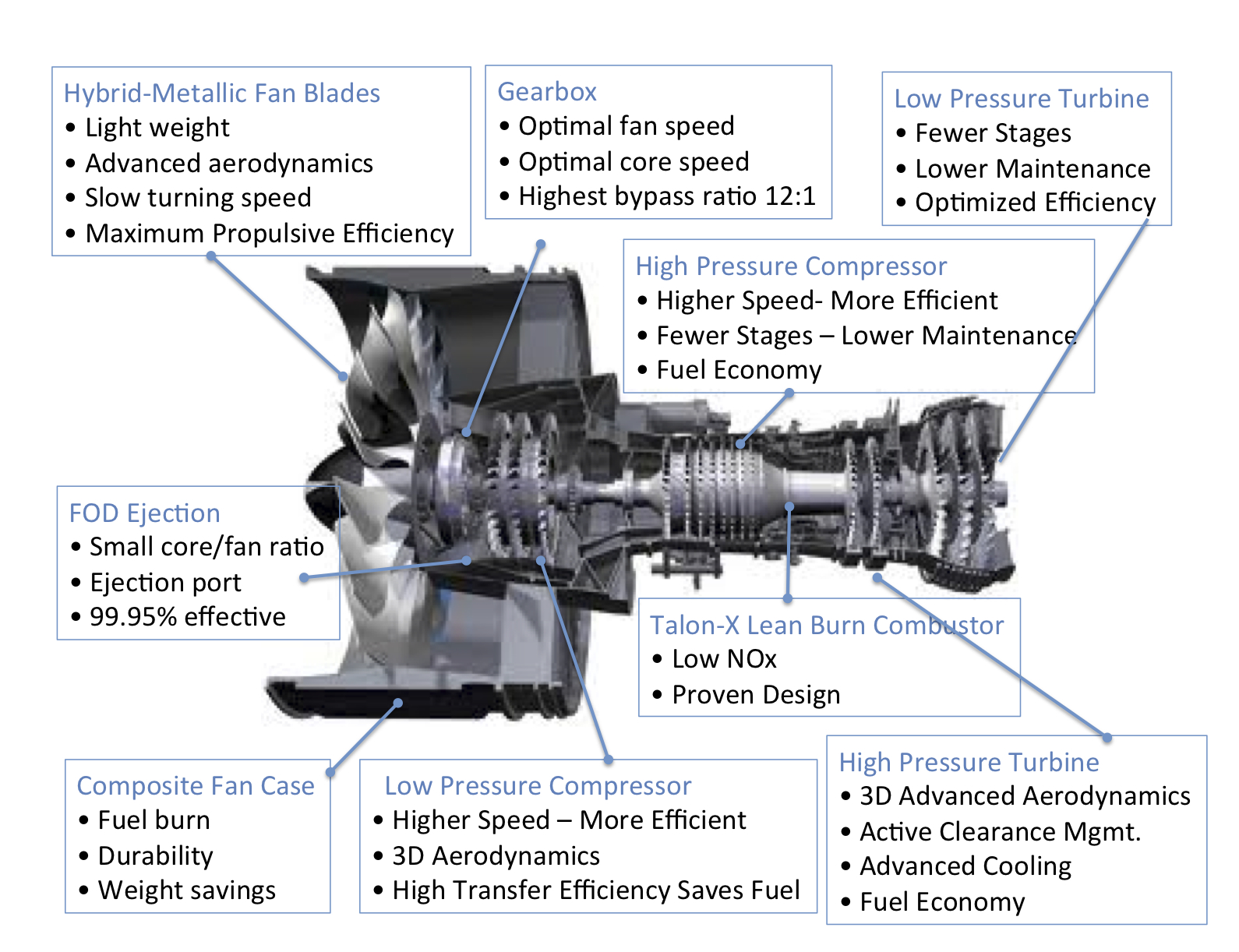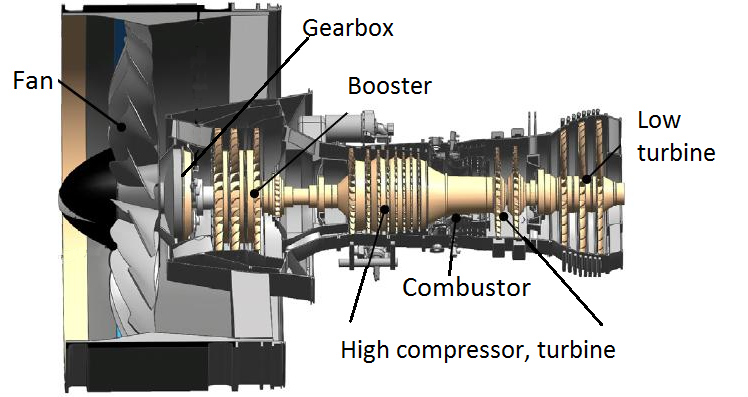Leeham News and Analysis
There's more to real news than a news release.
GTF’s troubled history hurting future orders
Subscription Required
By Scott Hamilton and Bjorn Fehrm
May 8, 2023, © Leeham News: India’s GoFirst Airlines filed for bankruptcy last week. The carrier pointed to around 29 of its 50 Pratt & Whitney Geared TurboFan-powered Airbus A320neos being grounded as the reason.
 The aircraft have been grounded for months. Despite negotiations with PW and a favorable arbitration ruling, GoFirst says PW failed to provide replacement engines. As a result, GoFirst paid about $196m in lease rates for the grounded aircraft, without being able to fly them for revenue.
The aircraft have been grounded for months. Despite negotiations with PW and a favorable arbitration ruling, GoFirst says PW failed to provide replacement engines. As a result, GoFirst paid about $196m in lease rates for the grounded aircraft, without being able to fly them for revenue.
Lufthansa Group last week complained that a third of its Swiss Airbus A220 fleet, also powered by the GTF, are likewise grounded with technical issues. As LNA previously reported, Air Baltic, Egyptair and Air Senegal also have A220s grounded. Iraqi Airlines has some A220s that are grounded. And now there’s news that Embraer E195-E2s at KLM’s regional airline are also grounded due to GTF issues.
India’s Indigo Airlines also has a large number of A320neos grounded with GTF problems. About 11% of the nearly 3,000 A320neos in service are grounded or fly one a week, an Aviation Week analysis revealed.
PW’s reputation was already badly damaged before the GoFirst bankruptcy. However, an LNA analysis shows that forward orders for engines on the A320neo already were suffering.
Summary
- CFM’s LEAP has a consistently larger market share, boosted by exclusivity on Boeing 737 MAX.
- Initially PW won more orders for A321neo; CFM has overtaken in the order backlog.
- Including A220 (exclusive GTF power) and MAX, plus neo split, CFM’s in-service market share is 66% to 34%.
- But going forward, CFM has 60% of the backlog across all types to PW’s 19%–with 22% of the A320neo family orders undecided on engines.
Related Articles
Bjorn’s Corner: New aircraft technologies. Part 11. Airframe.
May 5, 2023, ©. Leeham News: In our series on the different technologies available when developing next-generation airliners, we have covered the fuselage configuration and engine options.
Now we turn to airframe technologies. We will look at different airframe architectures, their advantages, and disadvantages. To support the discussion, we will model the different variants in our Airliner Performance and Cost model to understand their characteristics.
Pontifications: Engine makers’ business model needs overhaul
May 2, 2023, © Leeham News: The business models for engine makers for decades have been simple: deeply, deeply discount the engines on the sale and make up the revenue and profits on the maintenance, overhaul, and repair (MRO) contracts.
It’s a model that’s served engine makers and customers alike well. Customers save millions of dollars on the upfront purchase of airplanes. The engine companies win market share.
There are downsides for the Original Equipment Manufacturers (OEMs), though. The discounts typically are steeper than those offered by Airbus and Boeing (and Embraer and ATR). LNA has seen deals with discounts as steep as 80% on the sales price. We’ve even seen one deal in which the OEM gave (as in free) the engines in exchange for the MRO contract.
The big downside to this is that it can take 10-12 years, or more, for the OEMs to recover their research and development and production ramp/learning curve costs. Then as the CFM 56 matured into perhaps the most reliable jet engine ever, with more than 25,000 hours on-wing, followed by the IAE V2500, MRO services contracts didn’t return the revenue and profits as quickly as before.
Bjorn’s Corner: New aircraft technologies. Part 10. Engine choice
April 28, 2023, ©. Leeham News: This is a summary of the article New aircraft technologies. Part 10P. Engine choice. The article discusses the engine architecture choices that must be made when developing the next-generation airliners.
UPDATE: GE reports double-digit growth for first quarter
By Bryan Corliss
April 25, 2023, © Leeham News – GE reported generating its first free cash flow in a decade, along with double-digit growth in orders, revenue, and operating profit, amid what it called a “robust” market for commercial aircraft engines and services.
 The company reported a profit of $1.3 billion from its GE Aerospace segment in the first quarter, up 46% from the same quarter last year.
The company reported a profit of $1.3 billion from its GE Aerospace segment in the first quarter, up 46% from the same quarter last year.
The highlight of the quarter was the sale of some 800 LEAP engines to Air India, which will power the airline’s new Airbus and Boeing jets. The engines will be built by CFM, the joint venture between GE and Safran.
In addition, GE won the orders for the engines powering the 30 Boeing 777X and 787 jets Air India ordered, making it arguably the biggest winner in the year’s biggest aircraft deal.
- GE CEO sees supply chain stabilizing
- Services generate more revenue
- How long will good times last?
Bjorn’s Corner: New aircraft technologies. Part 9. Engine core advances
April 21, 2023, ©. Leeham News: This is a summary of the article New aircraft technologies. Part 9P. Engine core advances. The article discusses how developments for the next-generation airliner engine cores will increase the thermal efficiency of next-generation engines.
Bjorn’s Corner: New aircraft technologies. Part 9P. Engine core advances
Subscription required
By Bjorn Fehrm
April 21, 2023, ©. Leeham News: This is a complementary article to Part 9. Engine core advances. It discusses in detail the next-generation propulsion system cores and what efficiency improvements to expect from different technological advancements.
The Airbus A220-500, a deep-dive analysis, Part 2
Subscription required
By Bjorn Fehrm
Jan. 23, 2023, © Leeham News: Following Thursday’s article about an up-and-coming Airbus A220-500, we now look at the operational cost for the A220-500 and compare it with the A320neo it should replace.
We put the data we discussed in Thursday’s article in our Aircraft Performance and Cost model, fly the aircraft on a typical single-aisle mission and look at the results.
Summary:
- The A220-500 would be a viable replacement for an A320neo.
- With the changes/improvements we discussed, it beats the A320neo on operational costs. The differences are not of the speculated level, however.
Airbus CCO: “When,” not “if” A220-500 comes; a deep-dive analysis
Subscription Required
By Scott Hamilton
Jan. 18, 2023, © Leeham News: Airbus chief commercial officer Christian Scherer has been open: it is a matter of “when,” not “if” Airbus proceeds with a stretched A220-500.
A220-500. Credit: Leeham News.
The A220-500 would be the third member of the A220 family. The A220-100 is a 110-seat airplane in a typical two-class configuration. The A220-300 seats 135 passengers. The A220-500 would seat around 157, competing head-on with the Airbus A320neo at 152 and the Boeing 737-8 at 164.
The -500 was projected by Bombardier as the CS500. Bombardier focused its commercial aviation future on the C Series. In doing so, it neglected sales efforts on the CRJ and Q400 regional jet and turboprop. Development of the C Series, like programs at Airbus and Boeing, ran billions of dollars over budget. Developed concurrently with two corporate jet programs that also ran well over budget, Bombardier was on a path toward bankruptcy.
Airbus purchased a controlling interest in the CSeries program in 2017 and now owns 75% of the program. But so far, Airbus hasn’t stemmed the losses that began under Bombardier. Without the heft of Airbus’ buying power, Bombardier entered costly contracts with suppliers. Airbus has been renegotiating the contracts, with some success, but not enough. Ramping production up to 14 a month by 2025 from the current 6/mo is a key goal. Demand is there and the higher rate will lower costs.
But the A220-500 will compete with Airbus’ own A320neo. So, the plan to launch the A220-500 has this cloud over the decision.
Some believe that the A220-500 will be so much more efficient than the 737-8 that it will “kill” Boeing’s backbone airplane. LNA doesn’t agree.
This article is the first of three that analyzes the A220’s position in the market and the economics of a potential A220-500 vis-à-vis the A320neo and 737-8 MAX.
Summary
- Is the A320neo already on its way out, prompting plans for the A220-500?
- Talk of adding CFM LEAP to provide an engine choice.
- How does A220-500 compare economically with A320neo, 737-8?








